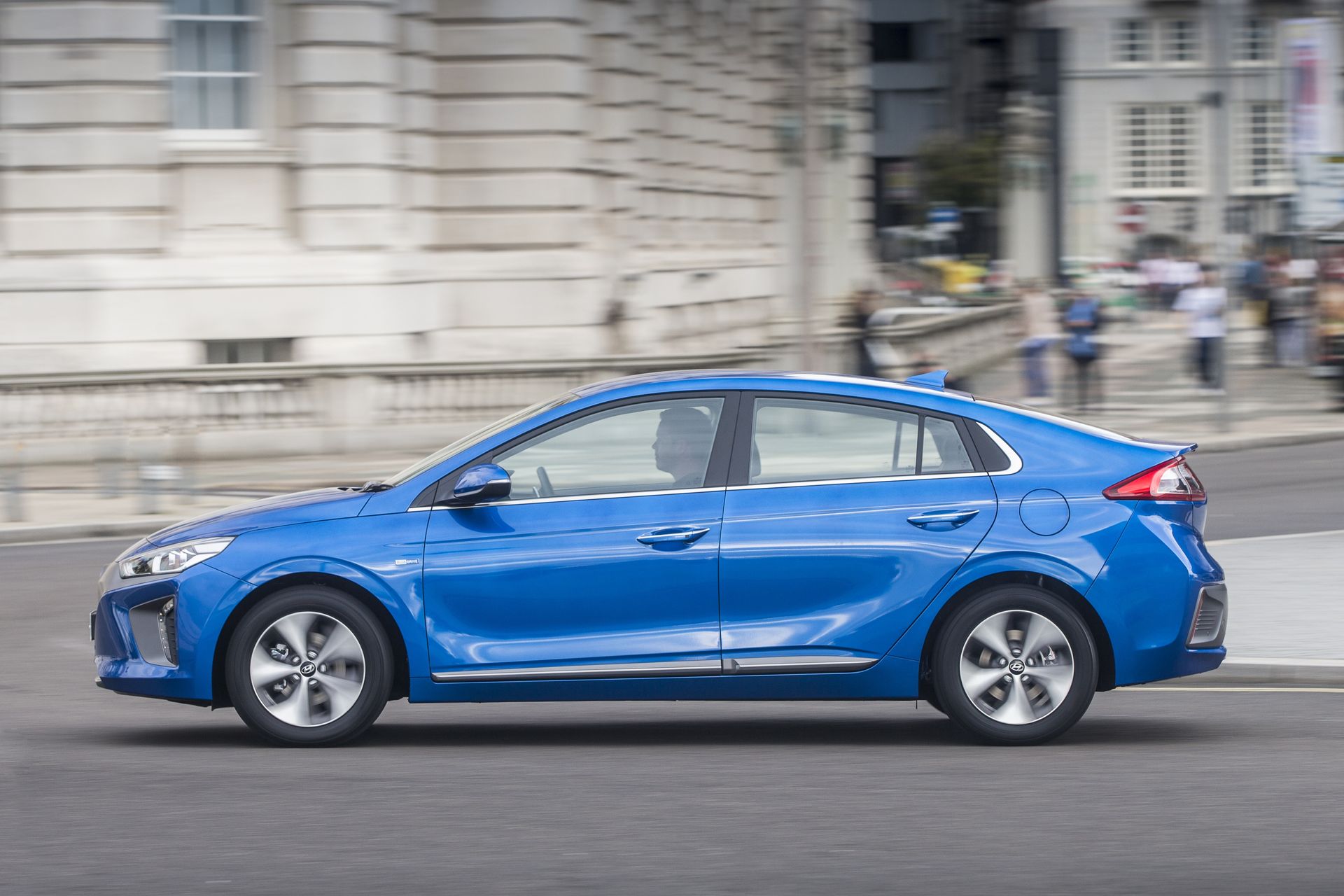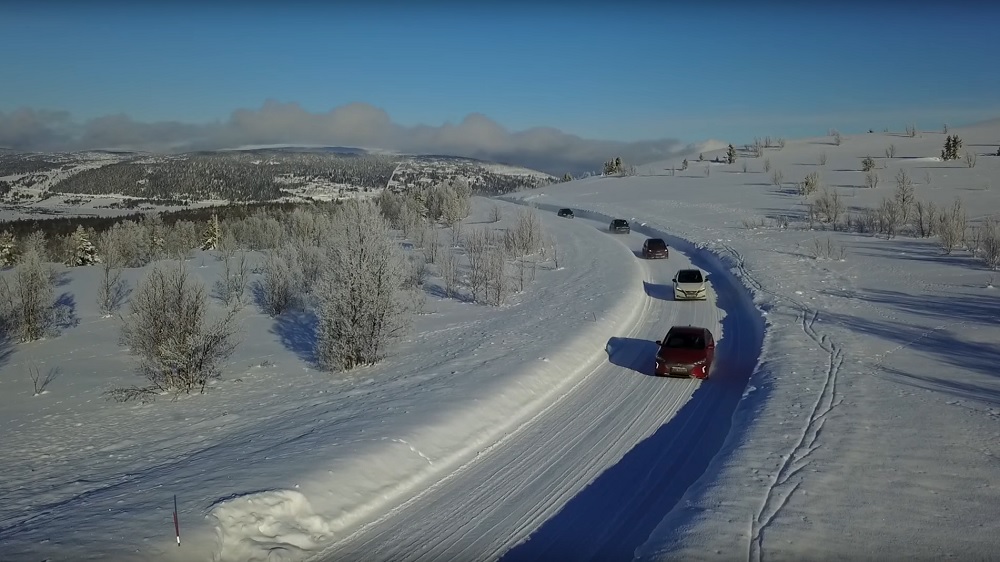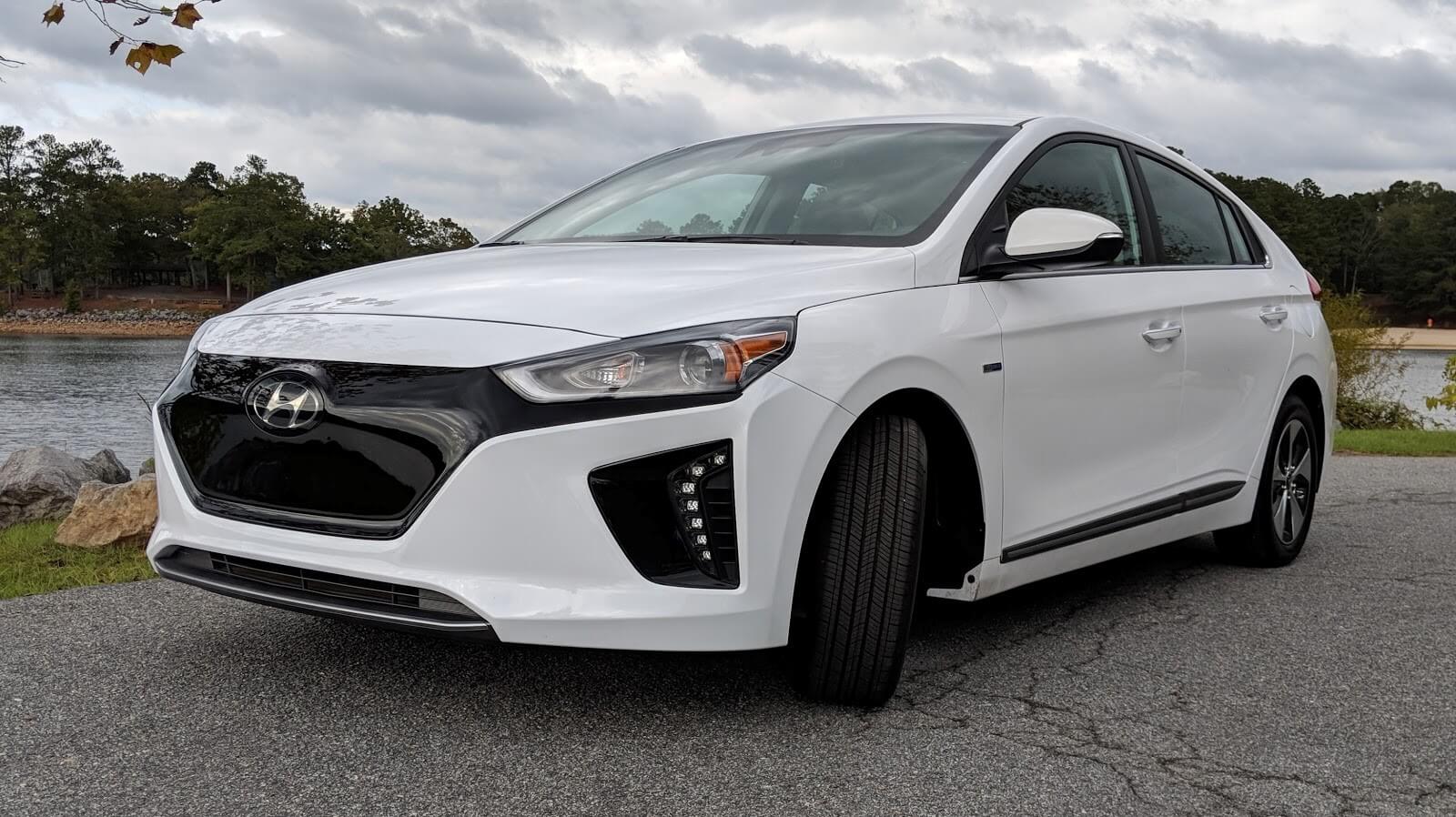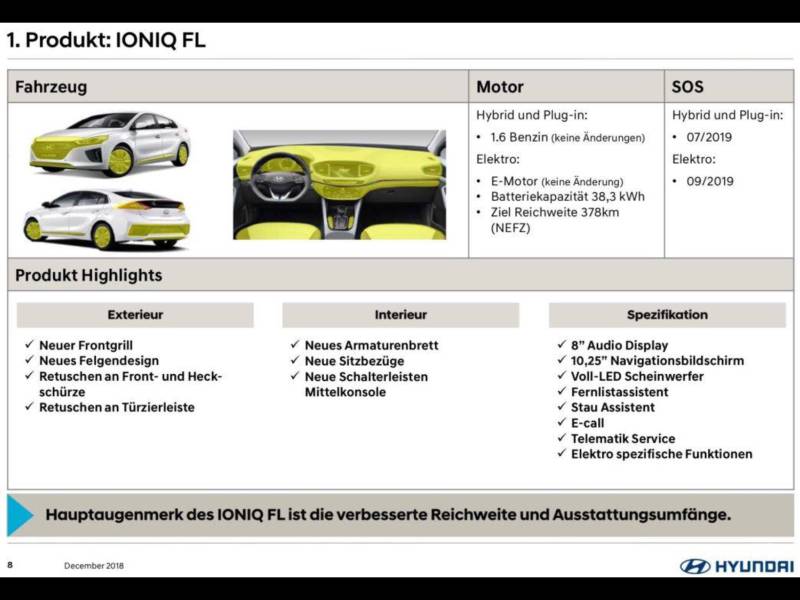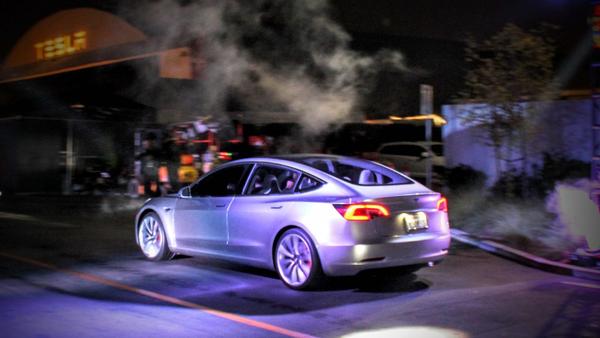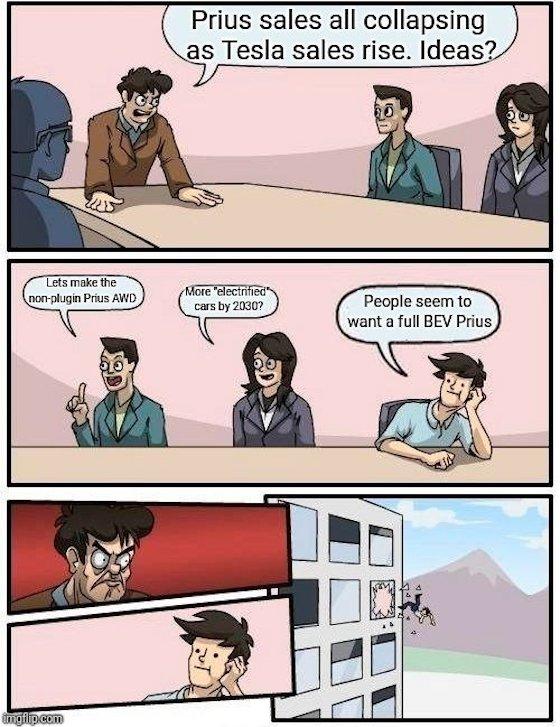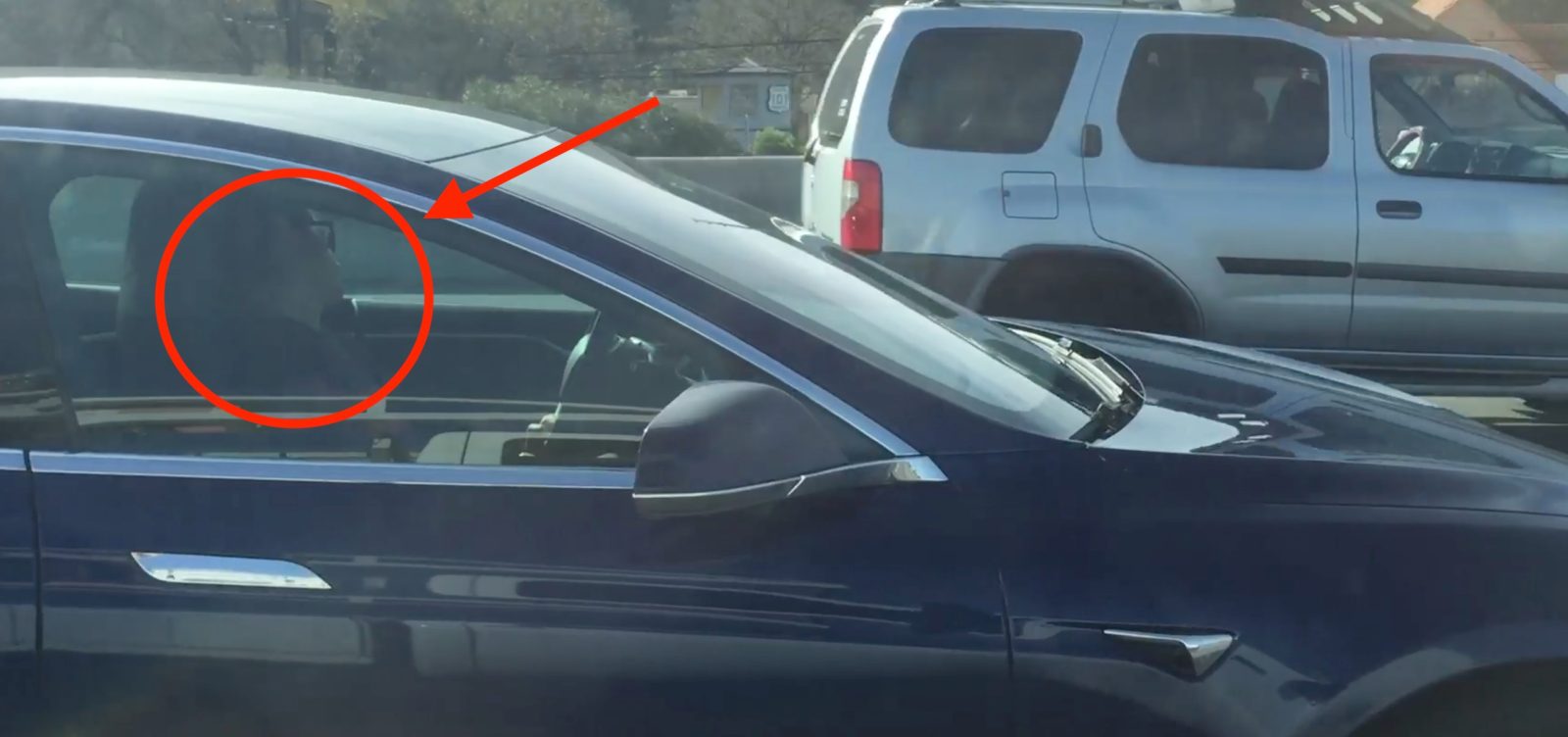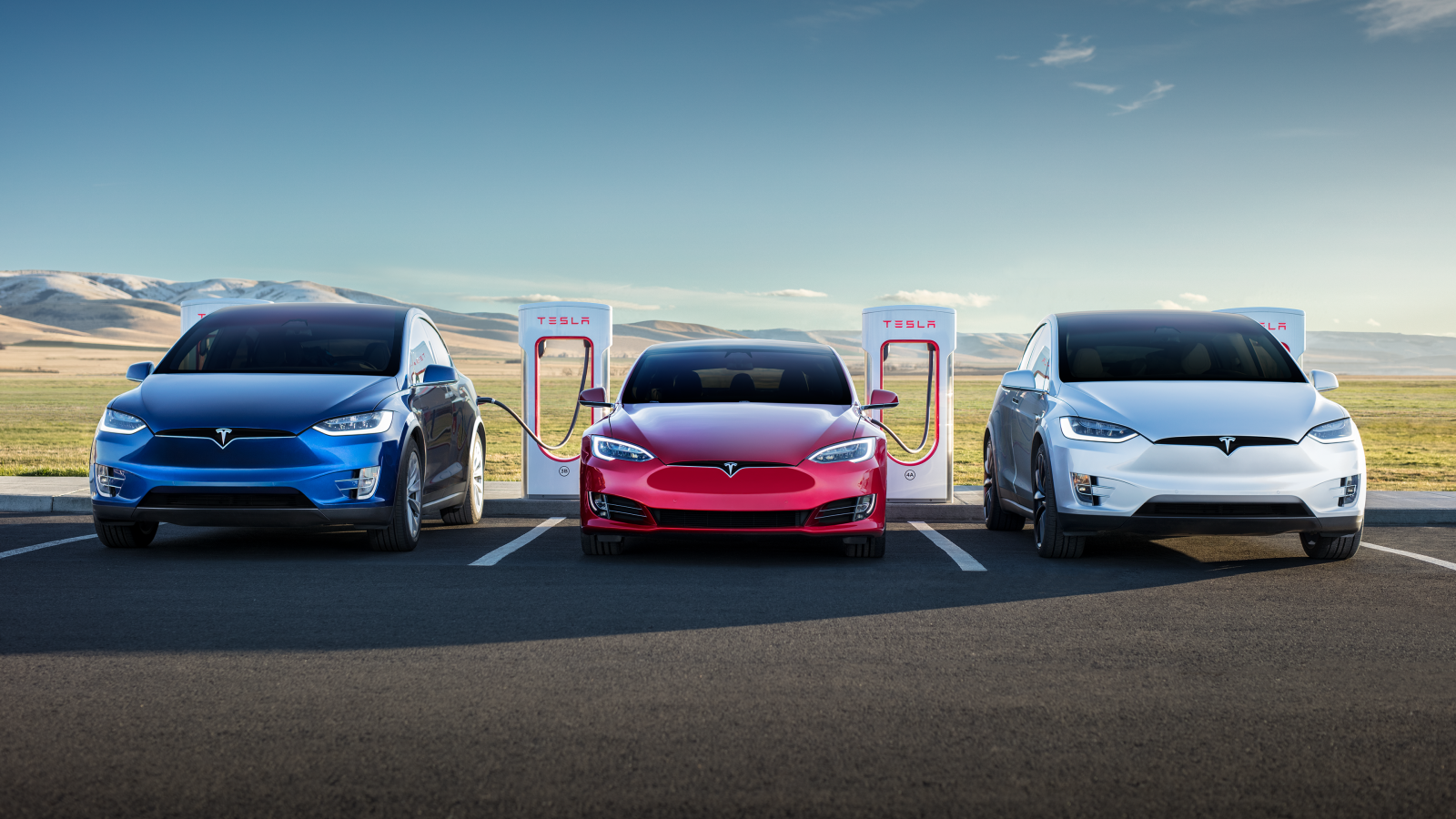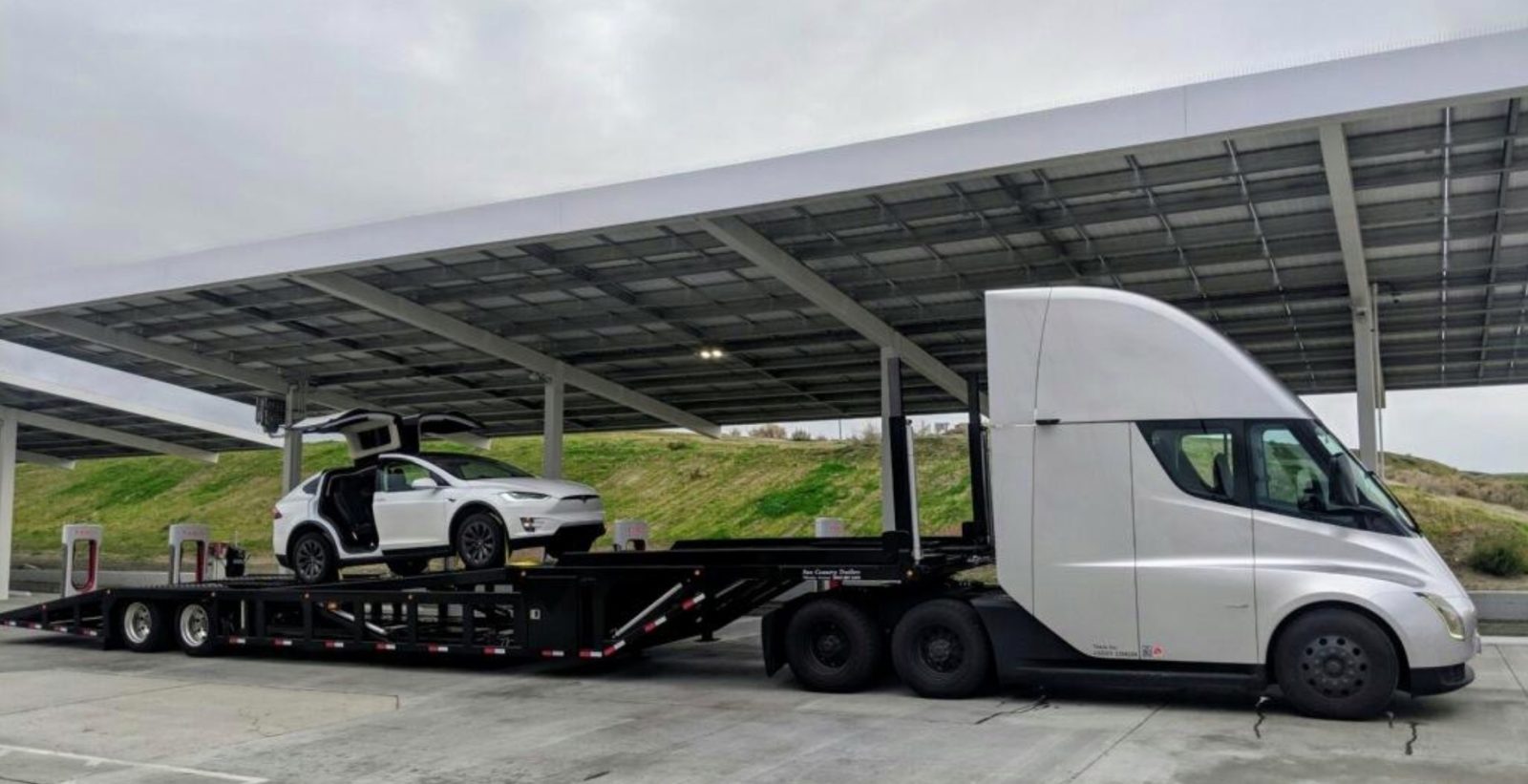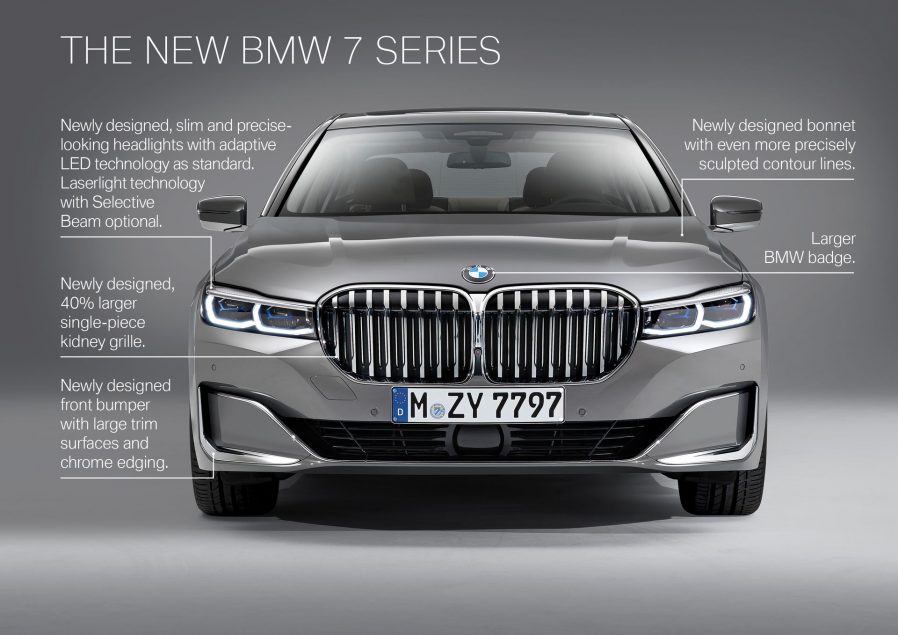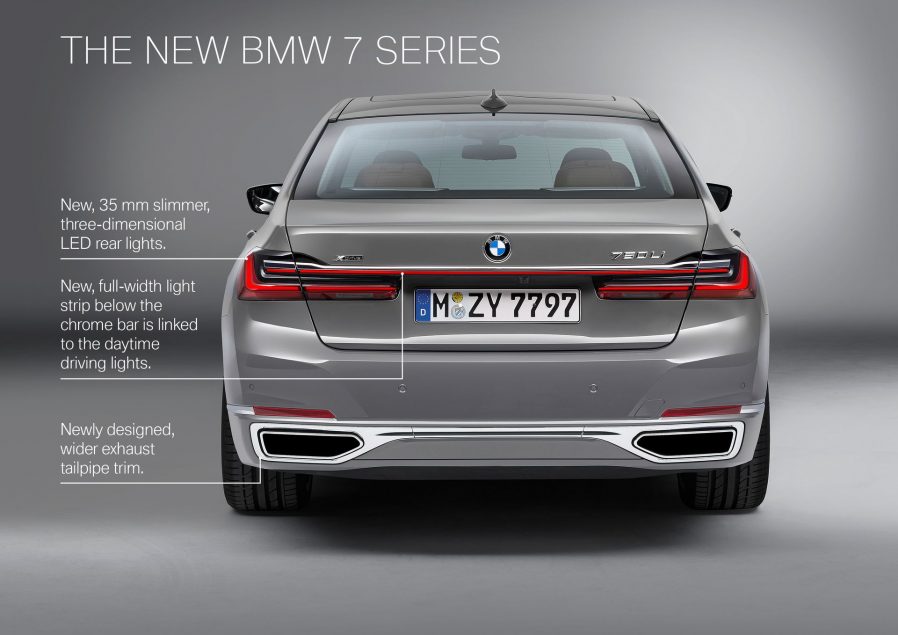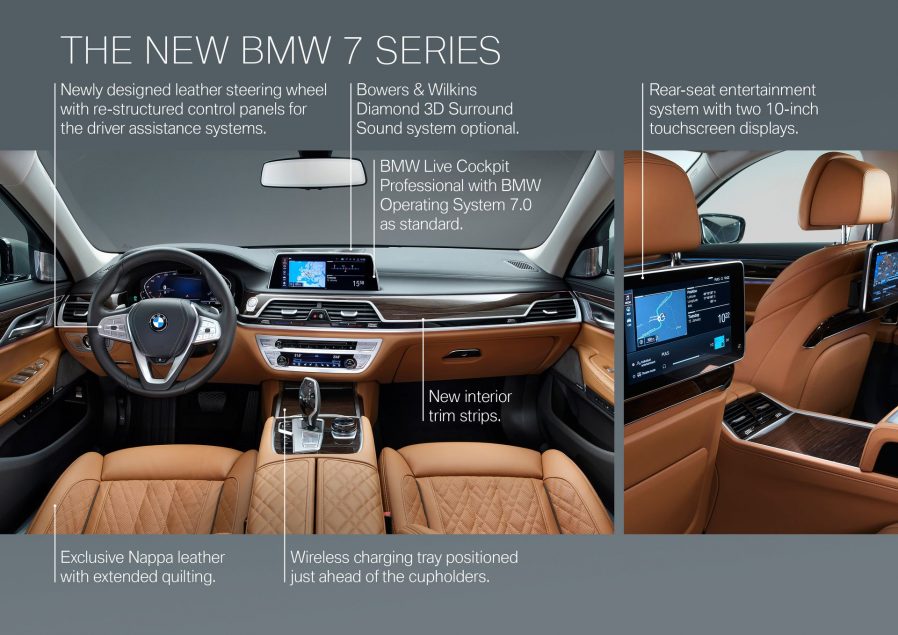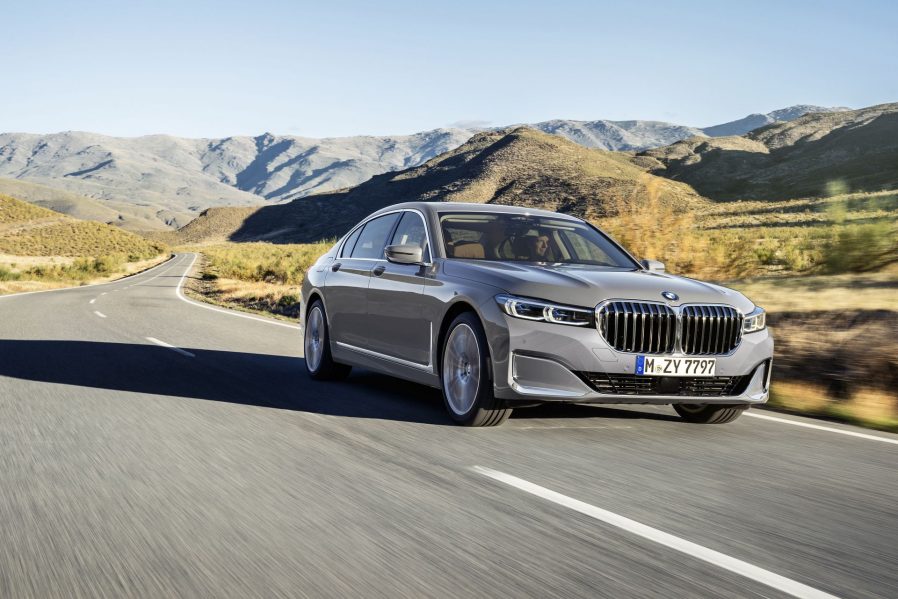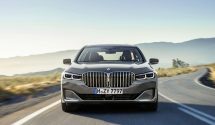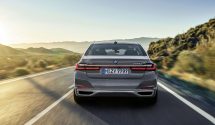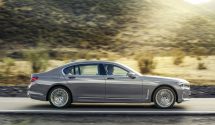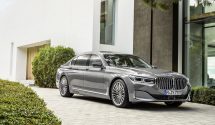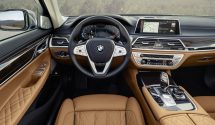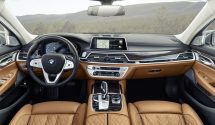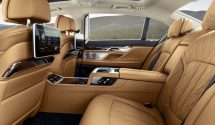TESLA’S REAL OPPORTUNITY IN CHINA COULD BE CAR-SHARING
Global automakers are slavering over the opportunities in China, and Tesla is poised to take the lion’s share of the feast. However, the anticipated banquet isn’t all about vehicle sales. As Adam Minter writes in a recent article in Bloomberg, when Elon Musk recently broke ground on Tesla’s Shanghai Gigafactory, he wasn’t just thinking about how many cars he’ll be selling in China, but about how many he might be able to share.
*This article comes to us courtesy of EVANNEX (which also makes aftermarket Tesla accessories). Authored by Charles Morris. The opinions expressed in these articles are not necessarily our own at InsideEVs.
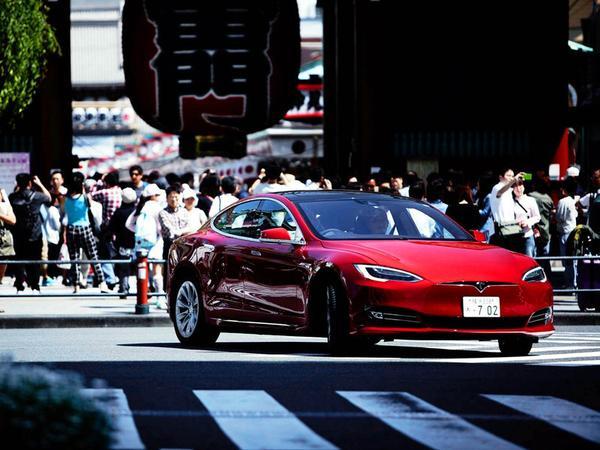 |
Above: Tesla continues to gain traction in China (Image: Tesla Central)
Tesla and other automakers are rushing to develop ways to enable Chinese car owners to rent out their vehicles when they’re not driving them. Bloomberg cites a recent analysis that predicts such services could offer as many as 2 million cars in 2020, up from 100,000 in 2017. “There’s a growing case to be made that car-sharing represents the future of transport in China, and China represents the future of car-sharing,” writes Minter.
Over the last 40 years, Chinese roads have become clogged with cars, creating choking air-pollution and world-class traffic jams, while devastating cities as livable, pedestrian-friendly neighborhoods are bulldozed for highways and parking lots – it’s the same sad story that took place in the US in the 1950s and 1960s, times a hundred. Federal and local authorities have tried to slow the trend by investing in mass transit and creating disincentives to automobile ownership (such as Shanghai’s expensive license-plate auctions and Beijing’s road-rationing regulations).
At first, ride-hailing and car-sharing services were seen as part of the solution. However, in China and elsewhere, it’s becoming apparent that they’re part of the problem, discouraging travelers from using mass transit, biking or walking.
For better or for worse, car-sharing is catching on quickly in China. The good news is that car-sharing services such as CC Clubs, which was launched in Hangzhou in 2010, are using almost exclusively electric vehicles, which are much cheaper to buy and operate, thanks to heavy government subsidies.
.embed-container { position: relative; padding-bottom: 56.25%; height: 0; overflow: hidden; max-width: 100%; } .embed-container iframe, .embed-container object, .embed-container embed { position: absolute; top: 0; left: 0; width: 100%; height: 100%; }
Above: A look at car-sharing in China (Youtube: CGTN)
The trend is not lost on global automakers – they are busily launching their own car-sharing services or partnering with existing ones. Didi Chuxing, China’s largest ride-hailing company, recently partnered with several OEMs, including VW and Toyota, to design and build EVs designed specifically for car-sharing. Lynk & Co, a joint venture between Volvo and Geely, has launched a car-sharing feature that allows a vehicle owner to notify a network when a car is available for rent, and a user to open and start the car using a Lynk smartphone app.
However, the real revolution will start in a few years, when self-driving cars hit the roads, enabling a fully automated system that lets cars basically share themselves. Of course, Tesla envisioned such a system some time ago, and Model 3 includes several features (remotely lockable trunk and glovebox, passenger compartment camera) that were apparently designed to enable an autonomous car-sharing service called the Tesla Network. Tesla owners will be able to generate revenue by hiring their vehicles out, and Tesla will operate a company-owned fleet in places where there aren’t enough customer cars to satisfy demand.
When this eventually becomes a reality (the ever-optimistic Elon Musk has said that it could start to happen as soon as the end of 2019), it will completely change the value proposition of the auto business. As Mr. Minter puts it, “That could help reduce the pressure Tesla feels to sell its cars. Instead, the company will only need to deploy them to generate revenue.”
Of course, this scenario may not materialize. “The Chinese car-sharing business is brutally competitive, and it’s far from clear that the government would tolerate a foreign company dominating the market,” Minter points out. However, as the transition to autonomous electric vehicles now has far more governmental support in China than it does in the US, it’s entirely possible that the Tesla Network could be deployed there first. China’s ride-hailing market is already bigger than the rest of the world’s combined, and the car-sharing market could follow suit. As Minter concludes, Musk’s latest trip to Shanghai isn’t likely to be his last.
===
Written by: Charles Morris; Source: Bloomberg
*Editor’s Note: EVANNEX, which also sells aftermarket gear for Teslas, has kindly allowed us to share some of its content with our readers, free of charge. Our thanks go out to EVANNEX. Check out the site here.
Source: Electric Vehicle News

